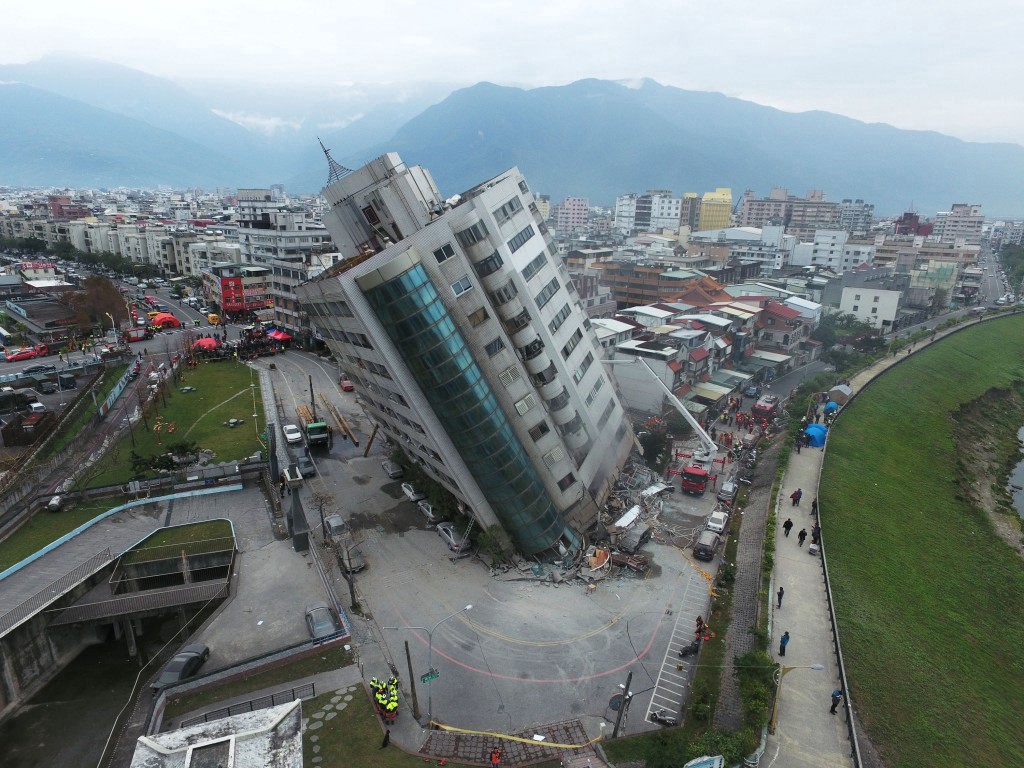A lot of well-intended individuals offer really bad advice about what to do during an earthquake, and following their suggestions can be a life-threatening mistake. Consequently, it’s very important to separate fact from fiction and follow sound, time-honored guidelines when the shaking starts in order to maximize your chances of survival. Here are a few misconceptions to be aware of so that you can avoid incorporating them into your disaster plan.
California Falls into the Ocean
Nightmarish scenarios involving huge chunks of land falling into the ocean or creating major canyons are largely unfounded. While it’s theoretically possible for something like that to happen, it’s 99.99% unlikely. Earthquakes don’t cause parts of continents to fall off. While some crumbling may occur along cliffs, canyon walls or around unstable hills, the way the crust of the earth is situated actually prevents this from happening.
Earthquakes happen when two plates either slide against, override or pull away from each other. However, there can be some dramatic alterations to the landscape as a result. So, no, California won’t sink into the ocean, but it is possible for a major quake to cause total and utter devastation as the ground over a wide area rises, sinks or gets stretched like an accordion.
Small Quakes Prevent Big Ones
Small quakes along a fault line can help to relieve localized pressure, but they will do little to prevent pressure buildup that is occurring around the broader area. If anything, small quakes can indicate that a larger one is about to occur. Don’t think for a second that a minor tremor will reduce the chances of a big one striking in the future. In fact, use small quakes as a reminder of the importance of being prepared for when that day comes.
Run to Safety
Another dangerous misconception is that we should run to a safe place when an earthquake occurs. The reality is that this exposes us to more danger by increasing our chances of being struck by falling debris or buried in a collapse. Just as we should stop, drop and roll if we’re on fire to extinguish the flames, we should stop, drop and shelter in place when the ground shakes. Get under a sturdy piece of furniture, or crouch against the edge, hold on, and wait it out. Even if you get trapped, chances are that you won’t be crushed.
Hide Under Doorways
We’ve talked about this before, but it’s worth mentioning again and again: Never hide under a doorway or entrance to a building. These are some of the weakest points in structures, and most injuries occur when people get hit or crushed by falling debris when standing near these areas. Run as far out into the open as you can if you’re outside, and hunker down away from outer walls, windows and doors if you’re inside.
Driving to Safety
Some “experts” suggest that we should either try to drive to safety or get out of the car and crouch on the ground if we’re on the road when an earthquake strikes. The only time we should do anything other than stop and stay put is if we’re on a bridge or along a weak and dangerous part of the roadway that can collapse. It’s also important to avoid driving under a bridge, overpass or into a tunnel at all costs. There’s actually a greater chance that you’ll be crushed in these areas as opposed to falling through a chunk of crumbling road.
Aftershocks
Don’t fall for the myth that the worst is over after a major quake ends. Large quakes tend to produce numerous aftershocks, and some of these can be almost as intense as the initial tremor. Aftershocks can also cause serious damage because structures that withstood the first quake may have been weakened. Don’t let your guard down, and be prepared to seek shelter in the hours and days following a large earthquake.
Remember that earthquakes come without warning, and you’ll only have a few seconds to react once the ground starts to shake. Take some time to review what to do during an earthquake, and make sure that you have an earthquake survival kit nearby if you live in a high-risk area.
